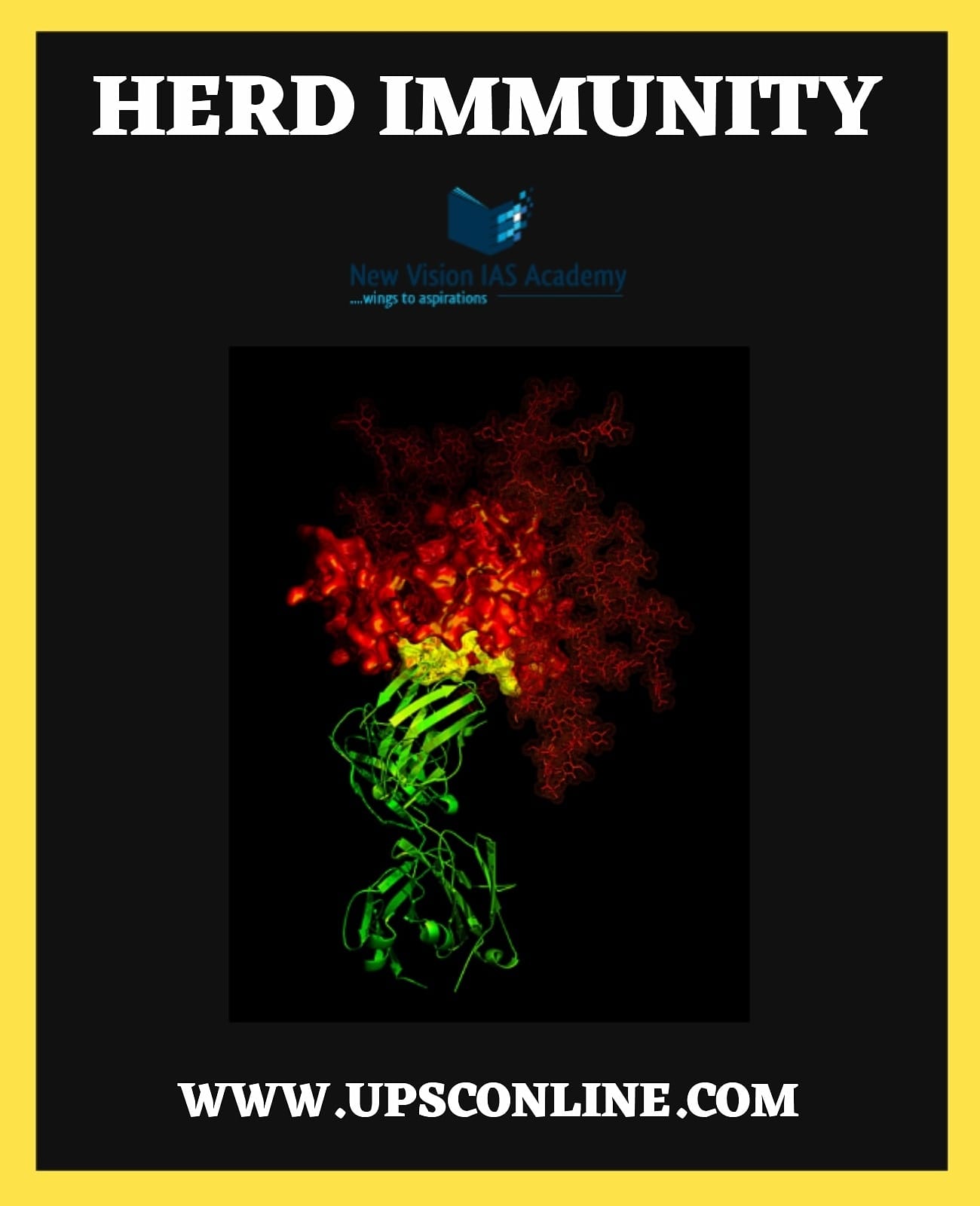When a high proportion of a community is immune it becomes hard for diseases to spread from person to person. This phenomenon is known as herd immunity. Herd immunity protects people indirectly by reducing their chances of coming into contact with an infection.
Herd immunity means enough people having immunity to a disease to stop it spreading. By decreasing the number of people who are susceptible to infection, vaccination can starve an infectious disease outbreak in the same way that firebreaks can starve a bushfire. Protection of “the herd” is achieved when immunity reaches a value known as the “critical vaccination threshold”. This value varies from disease to disease. The UK government is aiming to achieve herd immunity as a way of tackling COVID-19.
But herd immunity is typically only viewed as a preventive strategy in vaccination programmes. If we don’t have a vaccine – as we don’t for COVID-19 – achieving herd immunity would require a significant proportion of the population to be infected and recover from COVID-19. Herd immunity protects at-risk populations. These include babies and those whose immune systems are weak and can’t get resistance on their own. When our body is exposed to a virus or bacteria, it makes antibodies to fight off the infection.
After recovery, our body keeps these antibodies. This is what stopped the Zika virus outbreak in Brazil. Two years after the outbreak began, 63% of the population had had exposure to the virus. When does a community reach herd immunity? It depends on the reproduction number, or R0. The R0 tells you the average number of people that a single person with the virus can infect if those people aren’t already immune. Researchers think that the R0 for COVID-19 is between 2 and 3. This means that one person can infect two to three other people The main obstacle to herd immunity to COVID-19 right now is that the virus that causes the disease is “novel, ”Reaching herd immunity through vaccination sometimes has drawbacks, though.
Protection from some vaccines can wane over time, requiring revaccination. Sometimes people don’t get all of the shots that they need to be completely protected from a disease. some people may object to vaccines because of religious objections, fears about the possible risks or skepticism about the benefits. People who object to vaccines often live in the same neighborhoods or attend the same religious services or schools. Measles has recently resurged in several parts of the world with relatively low vaccination rates, including the United States. Other viruses (like the flu) mutate over time, so antibodies from a previous infection provide protection for only a short period of time Only about 10% of the global population has antibodies against the infection, and experts don’t know how protective they are or how long the protection lasts. Recent reports have suggested that herd immunity may be achieved when as little as 50% of the population is immune.
According to WHO’s Dr. Bruce Aylward ,’ safe and effective vaccine still won’t work in everyone who gets it, so we can’t conflate vaccination coverage with immunity. the reproductive number, R, varies with location, and so does the herd immunity level needed to stop the disease. Studies suggest that some people have a much higher resistance to Covid-19, perhaps because they suffered from another similar disease in the past or were vaccinated against other diseases.
The concept of herd immunity, although useful for planning a response to the pandemic, is not without controversy. In a campaign to achieve it, many people are exposed to an increased individual risk to protect the rest of the population Herd immunity needs to be maintained. The level required to stop the disease depends on disease transmission, which in turn depends on human behavior. Herd masking, refers to the immunity against the disease that wearing masks gives a community.
The hosts — human carriers — may or may not show effects of illness. ‘Asymptomatic’ carriers seem healthy and do not experience symptoms despite being infected. ‘Incubatory’ carriers are those who can transmit the agent during incubation period, before clinical illness begins. ‘Convalescent’ carriers are those who have recovered but remain capable of transmission.



0 Comments